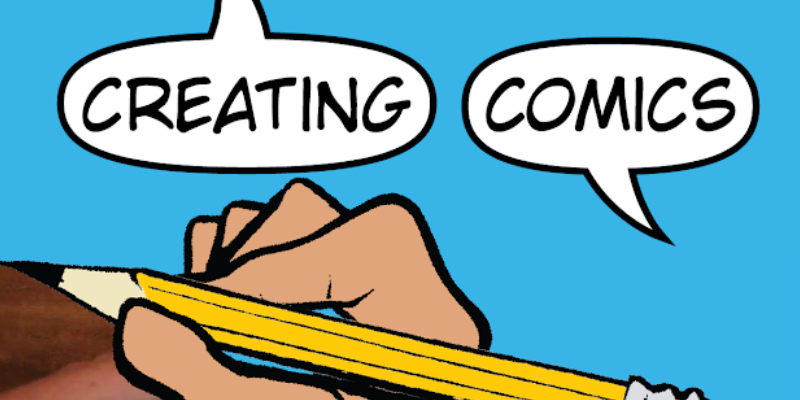
Comic stories pair images with text. The story is presented one-by-one in panels. Each frame describes a moment in the story. Comics use words and pictures to create an imaginary world in the minds of the readers. This cannot be done in prose or films. The Golden Age of comics is from 1930 to 1950 that introduced the superheroes to the world. Superman, Batman, Spider-man are some of the superheroes who ruled comic stories at that time. From 1980 till today, comics have seen tremendous growth. The Internet has paved the way for comics to reach the ultimate height of popularity.
Elements Of Comics
A comic book distinctly has a number of elements together to share a story. They are:
- Panel: An illustration on a page surrounded by a border.
- Gutter: The space between panels.
- Tier: A single row of panels
- Splash: An illustration that presents the mood and setting of the story.
- Spread: An illustration that spreads more than one page.
- Caption: A box separate from the panel with text that provides the context
- Speech bubble/balloon: The panel with the dialogue of characters. Each bubble/balloon has a tail that points to the character who speaks the dialogue.
An Artistic Exercise
Writing comics is a demanding job. Most of the writers, who write the story for a comic, collaborate with other artists to present the story on the page. The following collaborators help to create a comic book:
- Writer: The writer creates an outline and a script to be used as a roadmap. Plot, setting, characters, conflict, and dialogue are present in the story.
- Editor: The editor understands the objective of the writer, and points out if there is anything is missing.
- Artist: The artist converts the script into enhanced panel illustrations that will tell the story.
- Letterer: The letterer presents the story through typefaces, sizes, and calligraphy. Speech balloons, story titles, and sound effects are in the letterer’s domain.
- Colorist: The colorist fills the black and white lines with color using brushes and dyes. Colorists do this by hand or by using digital tools.
Some Inspiring Tips
Pen down an idea that will work well visually. Work on the structure of your comic book. Decide on the plot, climax and the resolution. Build on the strength and weakness of the personality profile. Choose one of the powerful emotions to take the story forward.

